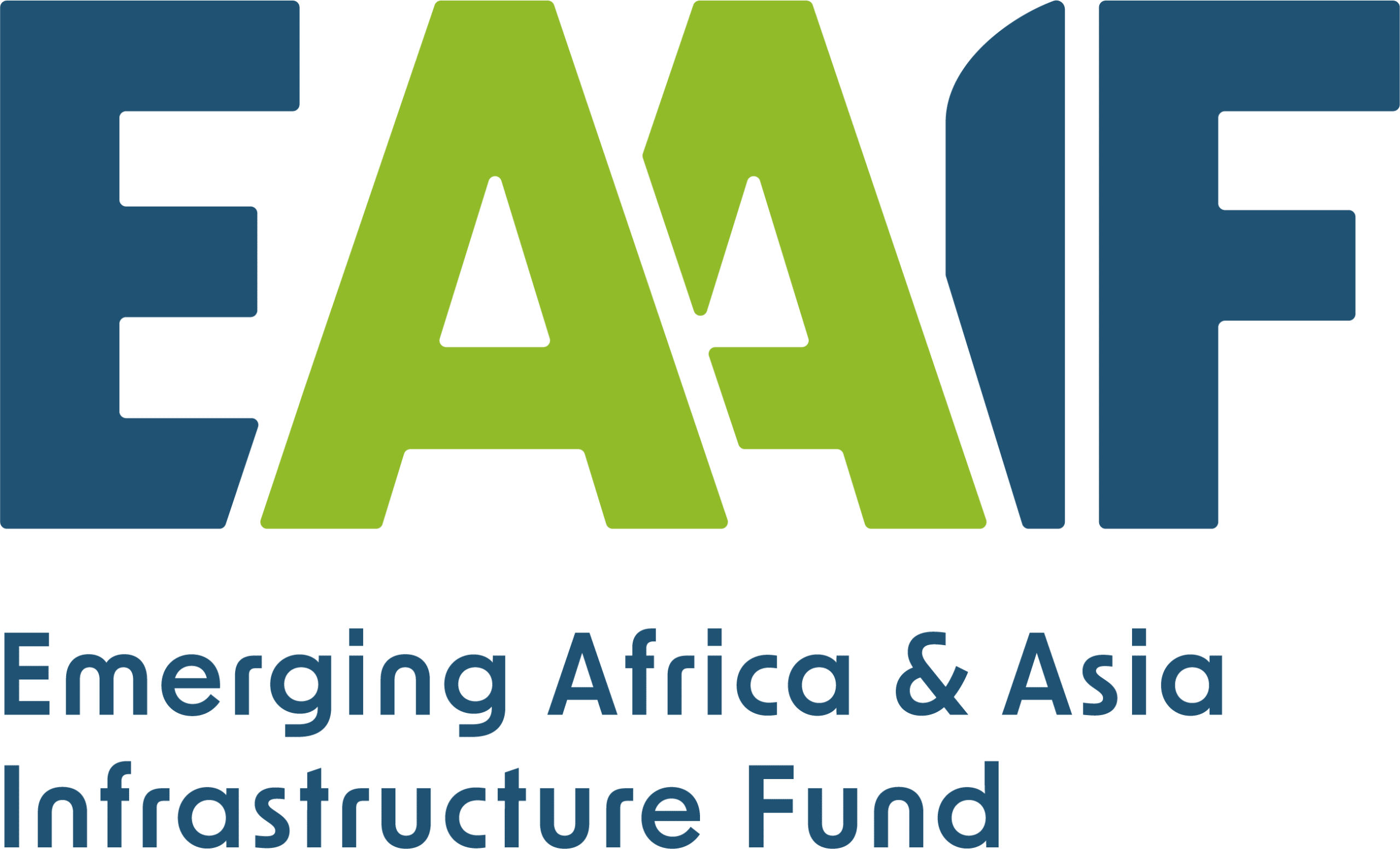
Big scale infrastructure developments like new ports create opportunities for advanced climate change management policies
By Roland Janssens
Roland Janssens is a Director at Ninety One, managers of the Emerging Africa Infrastructure Fund
In late October 2020, EAIF announced it had supported a successful, locally-issued, bond offered by Senegal’s Port Autonome de Dakar (PAD), the owner of the Port of Dakar. The bond raised XOF60 billion* (US$107million) and will fund the first stages of relocating Dakar’s port from its historic place at the heart of Senegal’s capital city. Over the next ten to fifteen years Dakar will move its port 35 km by sea and 70 km by road from the existing site. The port will be part of the new special economic zone that includes Dakar’s international airport, which opened in 2017. New and upgraded road and rail links will connect the port and airport to Dakar and into the regional transport network.
Moving Dakar’s port is a visionary and enormous exercise. The new site at Popinguine-Ndayane covers some 12 square kilometres. Creating all of the infrastructure of port facilities – the berths, cranes, warehousing, offices, energy provision, security and customs facilities, road and rail on the site and the connecting road and rail infrastructure linking the port with the rest Senegal – is similar to creating a new city.
Speaking when EAIF’s announced its support for the bond, the Managing Director pf Port Autonome de Dakar, M Aboubacar Sedikh BEYE, said;
“Creating a great new port to serve west African economies on a new site is one of the foundation stones of building a more successful, more prosperous and greener future for Senegal.”
PAD has developed a “Green port” strategy that aims to minimise the port’s carbon footprint. The plan includes a commitment to a large-scale tree-planting programme to help in the efforts to tackle deforestation in other parts of the country. Port Autonome de Dakar is now developing further strategies and policies that will be introduced as the long relocation of the port rolls out.
Constructing a new national port can be said to be a once in a lifetime opportunity, PAD is taking its opportunity to engage with stakeholders in government and others involved in the project to develop new policies that will contribute to global climate change management, enhance economic sustainability and help improve the health and wellbeing of the people of Senegal.
As a PIDG business, all EAIF projects looking for investment must be able to demonstrate a clear environmental pathway, one that not only shows what physical climate change mitigation technologies and practices will be introduced, but also how management will embed a climate conscious culture across the project.
So, what might new port developers worldwide be looking at? Let’s just consider three core elements.
- Energy generation and conservation; renewable energy should be at the very top of the agenda. Many ports can benefit from coastal winds that can drive turbines. The roofs of warehouses, sheds and offices can be ideal for solar generation. Air source heat pumps and heat exchangers can recycle energy, reduce costs and reduce emissions. Reliable lighting is essential in 24 hour a day port operations and the lighting industry is responding with systems that deliver the needed brightness with longer lasting, low power use technologies.
- Building materials; the judgements about what materials to specify for buildings can be enormously complex and include matters of quality, durability, thermal properties and of course cost. All responsible businesses should be looking to minimise carbon footprint in construction and in the long term operation of buildings.
- It is estimated that the world uses around 3 billion tonnes of road building materials ever year. By far the most effective means of reducing the climate impact of road building is recycling asphalt and using old concrete and other hard materials retrieved from demolished buildings and redundant facilities like disused airports and railway stations. The more recycling that takes place the less the need for new asphalt and that matters because making asphalt uses oil. There is a balance to be struck, particularly with facilities like major ports. The roads and hard standings are often in use 24 hours a day, every day of the year. Port roads take endless pounding from trucks, mobile cranes and container parking. They have to be durable, but they can be more climate change friendly. Using recycled material in construction is one answer. Drainage that collects water contaminated by oils and tyre waste from trucks and preventing pollutants getting into the water table is another valuable initiative.
These are simple but fundamental climate management opportunities presented by large scale infrastructure developments of new sites. There are many others, including electric vehicle fleets; water recycling and conservation; methane capture from commercial and human waste; IT and communications systems that contribute to keeping down energy use and even the health and safety equipment used by people working at a port can be chosen to help reduce carbon impact.
*XOF is the currency designation for the West African Franc (CFA) which is used by eight West African states; Senegal, Benin, Burkina Faso, Cote d’Ivoire, Guinea-Bissau, Mali, Niger and Togo. CFA means Communauté Financière d’Afrique (Financial Community of Africa)
